A Light in the Dark: Seventh Circuit Helps Clarify New Pleading Standards for 401(k) Fee Cases
McDermott Will & Emery Employee Benefits
SEPTEMBER 30, 2022
A recent US Court of Appeals for the Seventh Circuit case supplies answers to many questions left open in 401(k) fee litigation cases after the US Supreme Court’s ruling earlier this year in Hughes v. Northwestern University. Specifically, to survive a motion to dismiss in the Seventh Circuit, the recent ruling in Albert v.


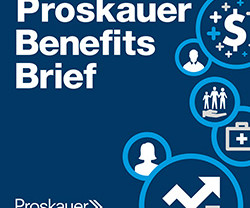



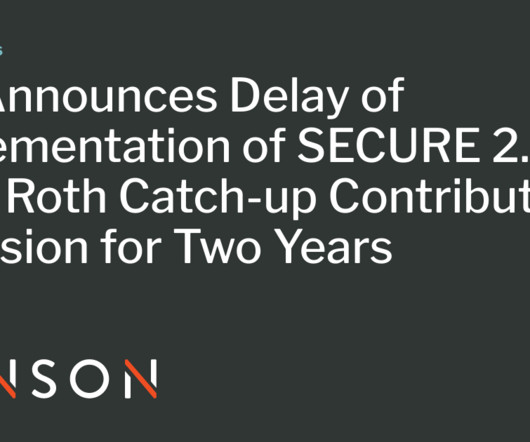


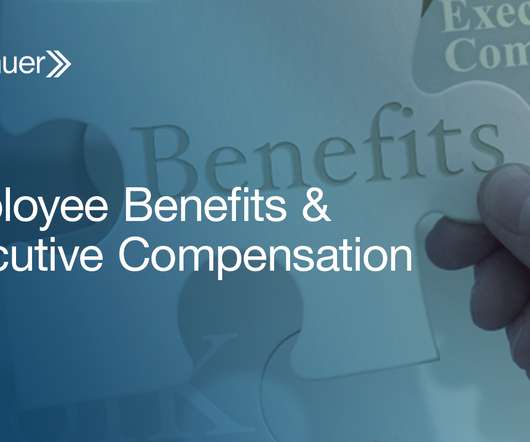
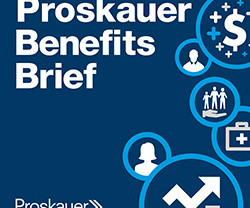
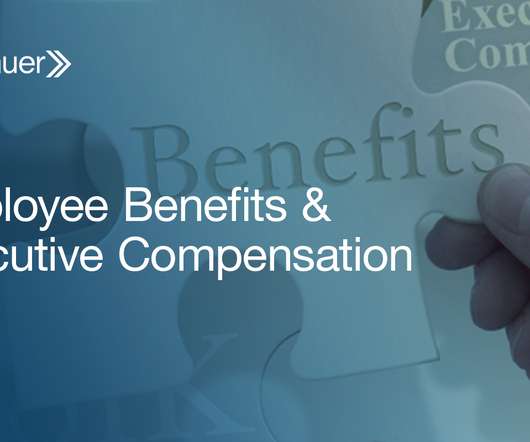






Let's personalize your content